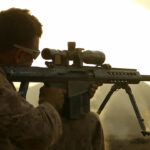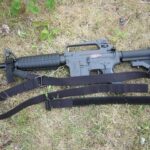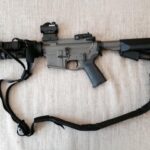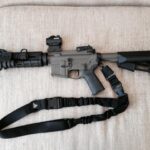One of the first things that every hunter, competition shooter, or security professional learns about a rifle is the importance of protecting it from exposure to the elements, incidental damage, or even loss. And for most rifle owners, regardless of whether they’re at the range or on the trail, it means keeping their rifle slung whenever it’s not in a firing position.
A sling that allows adequate handling, either muzzle up or down, does more than just keep a rifle close to the owner and away from potentially damaging obstacles. Depending on the rifle’s use, not only does a sling facilitate carrying, but it also aids the owner in bringing the rifle into firing position quicker than if it is held onto by its body or tossed over a shoulder.
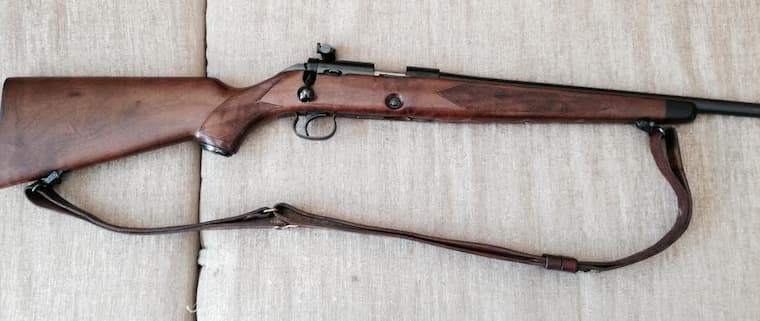
Not all slings are alike, though. And although choosing between them is very often a matter of personal preference, there are times when the only criterion that needs to matter is professional performance. Let’s take a look at some of the fine differences in sling types and how they can affect your buying decisions if you’re in the market for one.
The Right Sling for Safety
In spite of the clear differences in the types of slings that are available, the one design quality they all share is safety: the rifle’s safety, along with the safety of the wearer and their surroundings.
Practically designed, high-quality rifle slings allow you to carry a rifle safely and comfortably, while still being able to deploy it when necessary. This is especially true for hunters who can easily find themselves covering vast swathes of bush at a time with a 4kg -5kg rifle in tow, a limited deployment window, and a constant concern about barrel damage.
With safety in mind, there are 3 main types of slings:
· Single point;
· Two-point; and,
· Three-point.
Each type of rifle sling has its own unique set of benefits based on how it’s going to be used and how it fits the wearer. They’re not fashion statements, though. They’re tools; and inherently, some are more effective for a specific range of activities than others. You’ll quickly discover, however, that the best sling isn’t going to be the one that enables you to shoot more. It’s the one that enables you to shoot more, safely.
Single Point Slings
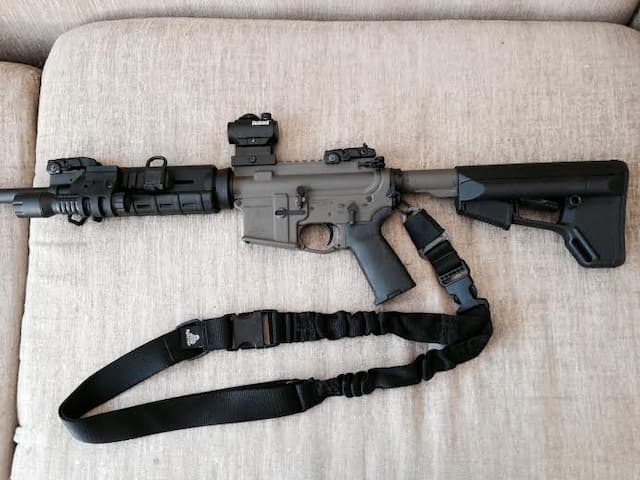
Single-point slings, ordinarily known as hands-free slings, are typically manufactured from high-strength 500D Cordura® fabric and consist of a looped strap that goes around the wearer, with a second strap that attaches to the rifle ahead of the stock. These types of straps allow the rifle to hang freely to the front or side of the wearer, affording them virtually unrestricted arm and body movement, as well as:
· The ability to immediately transition to a firing position;
· Easy transitions from left to right shoulders; and,
· Less sling material that has to be adjusted.
With a downward muzzle orientation, single-point slings are perfect for standing for short or intermediate timeframes for competition shooting as well as professional security apparatuses. The hands-free aspect relieves the shoulders from prolonged stress, but the wearer has to rely almost exclusively on their shoulders for bracing when the rifle is fired.
Walking, running, kneeling or bending with a single-point sling also means that the wearer is attached to a 5kg pendulum that’s prone to swinging randomly when it isn’t held onto tightly. It makes for a rifle that’s inclined to frequently strike the ground and the wearer, along with the increased likelihood of an accidental discharge.
Two-Point Sling
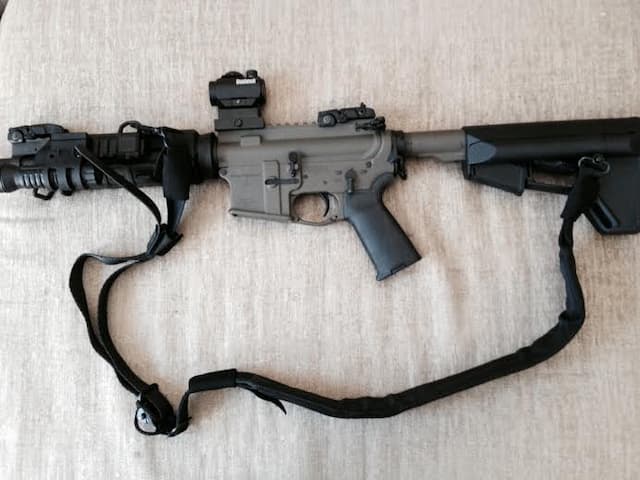
Two-point slings are regarded as the most practical and versatile carrying method, consisting of a single strap that goes around the wearer, and is attached to the rifle at the rear of the stock, as well as to the front or rear of the handgrip. Classic leather rifle slings fall into this category and can be used effectively from any standing, kneeling, or prone firing position.
The two-point sling’s other advantages include:
· Greater stability from any firing position;
· Less fatigue due to carrying or prolonged firing; and,
· Greater ease of securing the rifle.
Their heavy-duty neoprene or sturdy leather construction allows a rifle to be worn to the side, diagonally, or in front or behind the body, with upward or downward muzzle orientation depending on the usage. These slings are ideal for shotguns, long-barrel rifles, and rifles with attached optics. And regardless of the size of the rifle, there’s minimal risk of any part of it striking the ground, making them the best all-around slings for any type of safe shooting.
Three-Point Slings
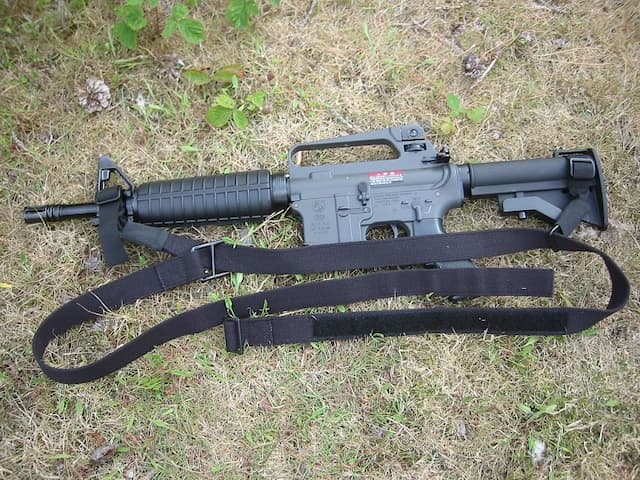
Three-point slings are essentially two slings in one. The first is a primary sling that goes around the wearer, and the second is a separate rifle sling strap that’s attached to the rifle and slides up and down the primary. The design isn’t as unconventional as it sounds, and it provides the wearer with maximum control from any firing position, with the advantages of:
· Complete assurance that the rifle is secured;
· Increased leverage for stabilising the rifle when firing; and,
· The ability to firmly position the rifle out of the way when carrying.
In spite of their immovable security and rock-steady stableness from a firing position, three-point slings aren’t used as frequently as other sling types. In fact, the characteristics that would normally work to their benefit – their security and stability – tend to work against them in live-fire environments. Where rifle slings for hunting or for competition shooting are concerned, three-point slings are simply too complicated and cumbersome to be fully effective.
Three-point slings do however hold an advantage when it comes to exceptionally heavy, and special-purpose rifles. A sling that allows a wearer to brace against the recoil of a powerful big game, or strictly tactical rifle can’t be ignored, but they lack the practicality needed to be used safely in all but a handful of situations.
The Final Word
Although it’s not uncommon for rifle owners to select slings based on a wide range of personal preferences, at the end of the day, the purpose of having a sling is the safe handling of the rifle. No matter how tough and tactical a sling looks, if it doesn’t enable the wearer to achieve their objective safely, then it’s not the right sling.
If you’re a rifle owner and you’re not satisfied with the sling you current have, you want to take the time to look at high-quality rifle slings that are comfortable, make you feel confident, and most importantly, allow you to handle your rifle safely. It’s an important selection to make, and you want to invest in a sling that reflects just how seriously you’ve taken it.

